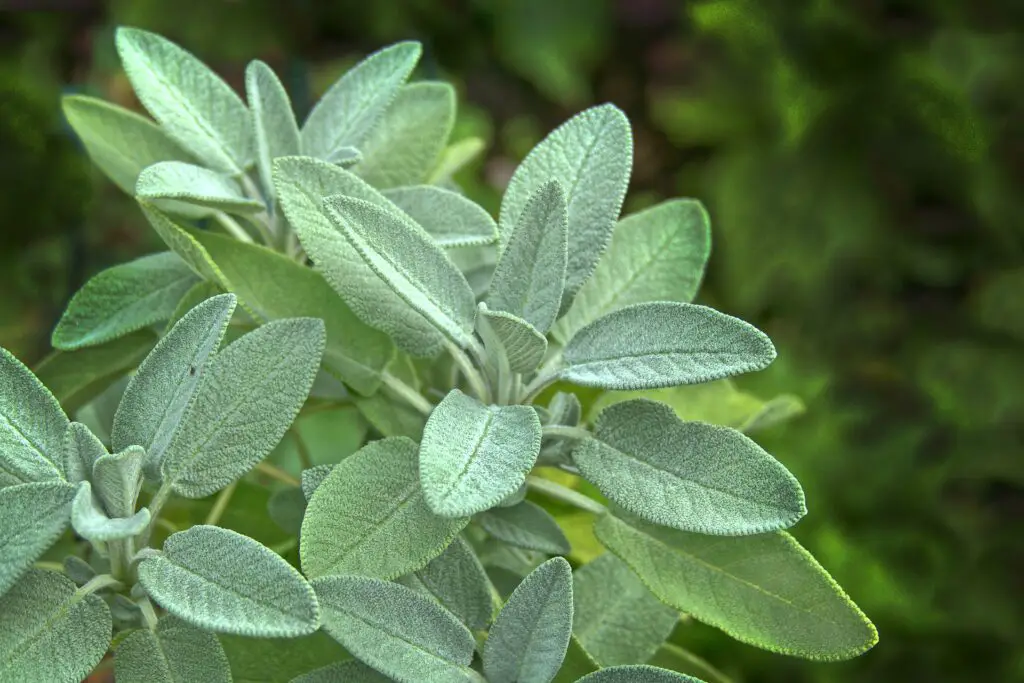
Sage has always been dubbed as a “wonder herb” due to its many health benefits.
During medieval times, it was utilized for both spiritual and healing purposes. Today, it’s used for garnishes, teas, and spiritual cleanses believed to promote wisdom and healing.
Often found in big supermarkets and grocery stores, it is a common herb. However, those who don’t have it easily accessible may find themselves asking, “What can I use instead of sage?”
In today’s article, we’ll be listing the best and closest substitutes in terms of taste and nutritional value. Read on to learn more!
What Can I Substitute for Sage?
Sage has a flavor profile unlike any other. It’s earthy, minty, and faintly piney. Furthermore, it has a unique peppery taste that works quite well in a lot of savory dishes. No other member of the mint family has the same exact assertive taste, but if you’re in a pinch, there are several substitutes you can work with.
This aromatic herb comes in three forms: dried (aka rubbed), ground, and fresh. As follows are some of the best and closest substitutes, depending on what your recipe calls.
Ground Substitutes: Thyme, Savory
Compared to fresh, ground and dried sage have a more potent taste. Therefore, if your recipe asks you to add either of the two, you need a substitute that’ll impart the same amount of earthly, minty flavor.
The first substitute we’re going to discuss is thyme. Similar to sage, this Mediterranean herb can help with a number of health benefits, including common skin problems, cancers, and high blood pressure.
Thyme’s flavor profile blends exceptionally well with other herbs. It has a sharp, minty taste; perhaps even more so than sage. It also has hints of floral and earthy tones, making it both slightly sweet and peppery. This replacement is suitable for dishes with long cook times such as meats, pasta sauces, and seafood.
The recommended conversion for thyme is 1 ¼ to 1, as sage has a more potent flavor than the latter.
On the other hand, if you’re planning to use it as a stuffing or poultry seasoning, you can’t go wrong with savory.
Summer savory has a stronger peppery taste, while winter savory is more muted — earth-like and bitter. Use as much savory as you would with sage and expect great results.
Dried Substitutes: Oregano, Basil

The same recipes that call for sage often call for dried oregano. Similar to it, oregano has the same peppery taste, except slightly bitter and more pungent.
Oregano, like sage, alleviates coughs, asthmas, and several gastrointestinal disorders, so it works quite well as a sage tea replacement. For food, it’s best to use around a three-to-four ratio of oregano to sage due to its strong flavor.
Keep in mind that dried oregano loses its flavor much faster than dried sage, so it may go a bit stale or bland if left on the shelf for a long time. Therefore, you may want to increase the ratio a bit more.
Dried basil is another great dry substitute. Compared to fresh basil, dried basil doesn’t have the signature anise note. The drying process removes that note. Regardless, dried basil has a minty, camphor-like aroma that pairs brilliantly in sauces and chicken and meat seasoning. Dried basil can substitute for sage at a 1:1 ratio.
Fresh Substitutes: Rosemary, Marjoram
Rosemary is a close cousin of sage. Due to this, they both share some of the same flavor profiles. Be that as it may, many people agree that rosemary has a pronounced aroma and pungent taste. Therefore, it may be best to wait until you can get your hands on the original stuff if you’re making a sage specific dish.
Otherwise, use about ⅓ as much rosemary as you would with sage.
If your recipe calls simmering, it’s a good idea to occasionally taste your dish’s flavor to make sure that the fresh sage doesn’t taste too overpowering. You may also want to remove the rosemary earlier than sage.
Marjoram is likewise another great fresh substitute and can be used with a one-to-one measurement. According to some, marjoram tastes quite woody, with hints of balsam-like pine and citrus. It tastes more like thyme than it does sage, except sweeter and more aromatic.
If you use marjoram, add it just before you finish cooking your dish as it doesn’t hold up well to intense heat like sage, thyme, or rosemary. If left to simmer for too long, marjoram may turn your dish a bit bitter.
What Can I Substitute for Sage Cleansing?
As long as it’s not harmful or culturally appropriate to your religion and/or beliefs, there are several alternatives you can use for sage cleansing. This includes mugwort, smudge sprays, and essential oils such as lemongrass, peppermint, and lavender.

Mugwort smells quite similar, so it may be your best bet. Smudge sprays, on the other hand, can be found in stores or online. Essential oils are ideal for those who can’t tolerate smoke due to health issues or personal taste.
Takeaway
“What can I use instead of sage?” you may find yourself asking. Depending on what you’re using it for, you can use thyme, rosemary, or oregano. For cleansing, you may want to use mugwort, smudge sprays, or essential oils. We hope this article helped you find your perfect substitute. Good luck!
